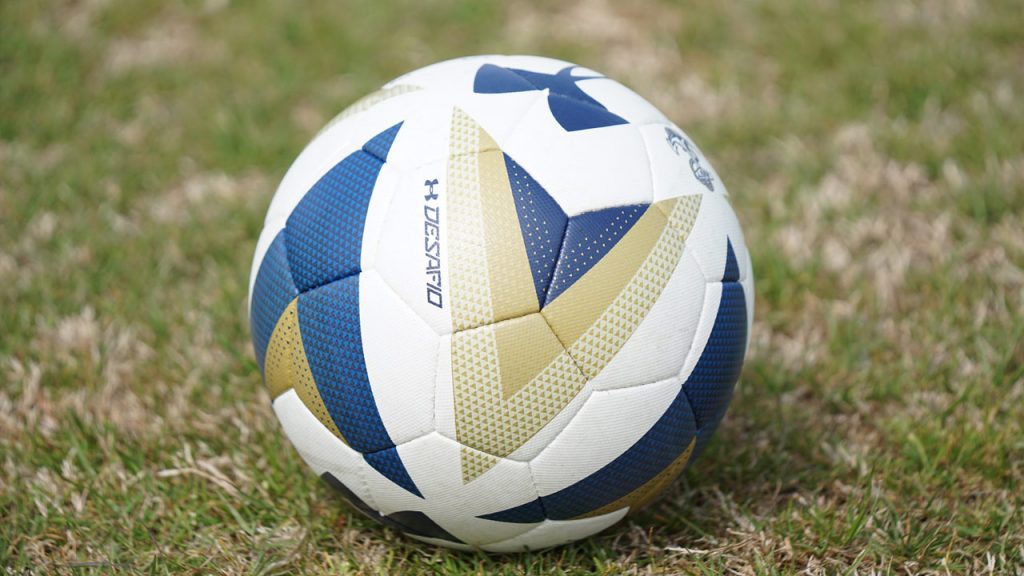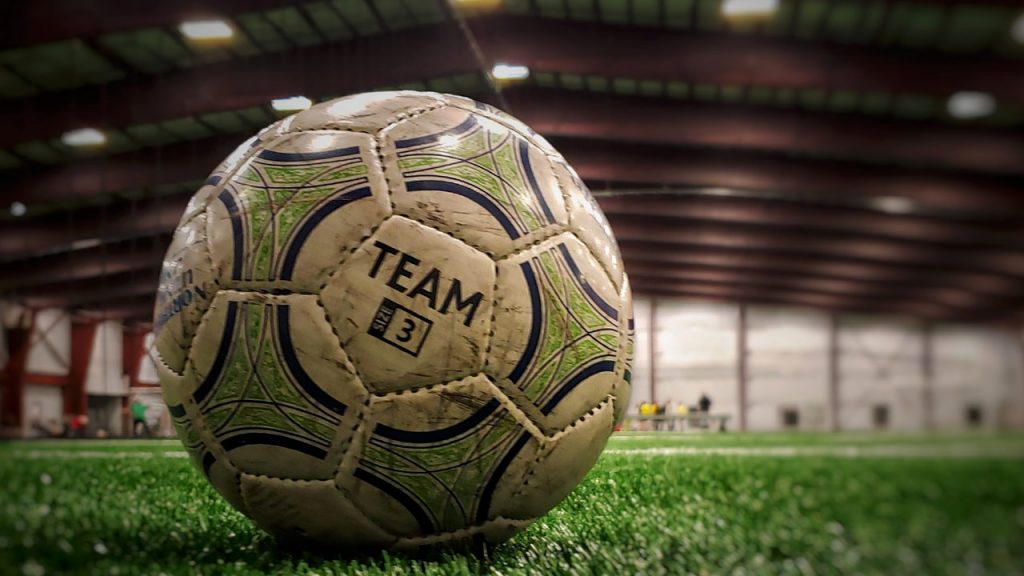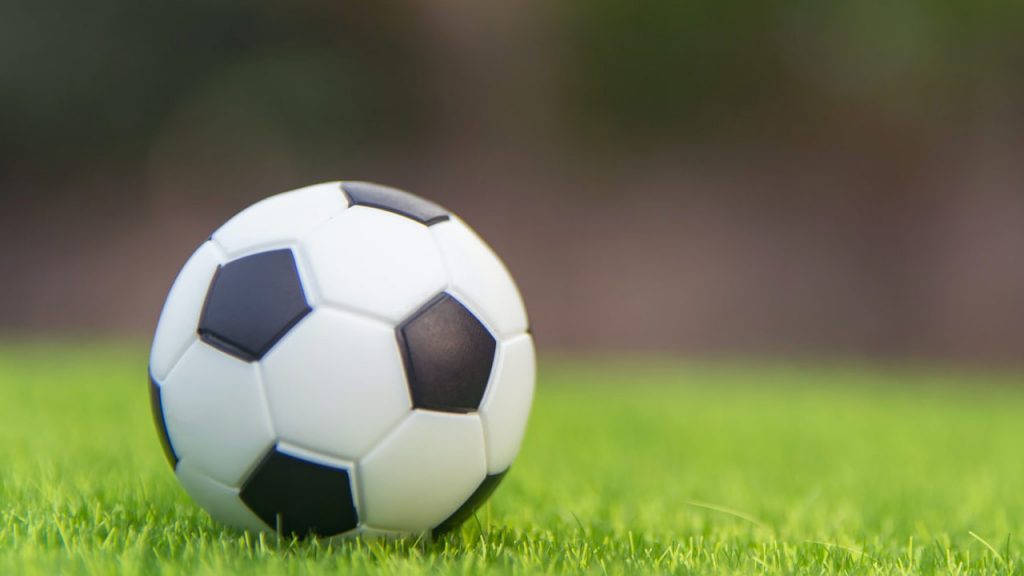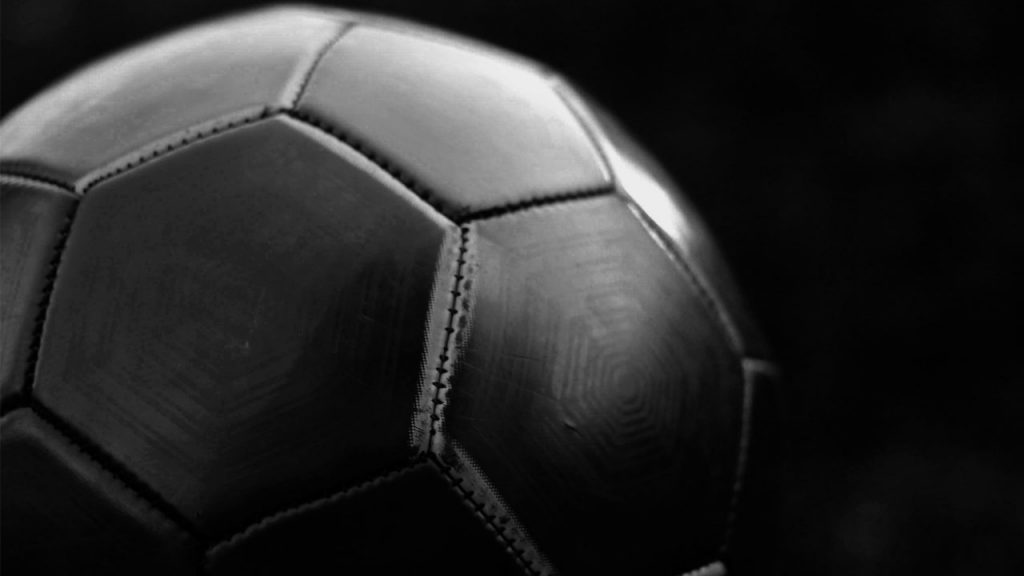Authority Soccer (authoritysoccer.com) is a participant in the Amazon Services LLC Associates Program, an affiliate advertising program designed to provide a means for sites to earn advertising fees by advertising and linking to Amazon.com. This site also participates in other affiliate programs and is compensated for referring traffic and business to them.
Soccer, like many other competing sports, is one of the most popular ball games in the world.
The word “ballgame” indicates that a ball is an essential component to kickstart the game, and without it, there will simply be no game to play.
The soccer ball is spherical, but you have probably seen it in different sizes, material compositions, and weights. So, are all soccer balls the same?
There are several types of soccer balls, depending on the match and turf. They include professional match soccer balls, matchday soccer balls, training soccer balls, turf balls, futsal soccer balls, indoor soccer balls.
Each of these soccer balls is designed for specific purposes with variations in sizes – from children’s size to professional adult size, materials – leather, rubber, etc. and weight – very light to heavy.
Before delving into the various categories of soccer balls there is, their attributes, and their specific purpose, it will be ideal for pointing out that the most common ones you will come across are the match balls and training balls.
With that in mind, let’s delve into exciting details!
Types of Soccer Balls
Soccer balls are categorized into the following types:

1. Professional Match Soccer Ball
This can also be called the premium match soccer ball, which is the most expensive soccer ball.
It is in fact, the best of the best because they are FIFA-approved for use at the highest professional and international levels and basically developed with top professional clubs to maximize players’ natural abilities and skills.
Besides its water resistance, air retention, and higher performance, when compared to a training ball, professional match soccer balls are designed for performance, exact specifications, great accuracy, speed, and control.
Although it is intended for all-natural and artificial turf surfaces and all climates but is meant to be used on firm ground.
2. Matchday Soccer Ball
A matchday soccer ball is very similar to a Premium Match ball; however, the ball’s fabrication is slightly different.
They are a high-performance range for balls designed for all playing surfaces and guaranteed to conform to official size, weight, and texture regulations.
The match ball is designed to suit all levels of play, and the approval of the National Federation of State High School Associations (NFHS) makes it an appropriate fit for college and high school students of all age groups.
Since it shares similar attributes with the professional Match soccer ball, it is costlier than the training and turf balls but lesser than the internationally approved soccer ball.
They have upper echelon materials, construction, and standards. The outer fabric is either leather or an approved synthetic, which will typically be water-resistant as well.
3. Training Soccer Ball
The training ball is designed to be extremely durable and long-lasting.
They are built with robust materials that make them suitable for playing on varieties of surfaces, field types, and used by players at any level.
As the name implies, the training ball is used for training and is the least expensive ball when compared to the match soccer ball.
To last during rigorous use (training), the training soccer ball is constructed to be heavier and harder than a match and professional match soccer ball.
The longevity of the ball is a result of its internal material composition, which is also thick and stiff, making it an appropriate fit for players who wants to train and improve their skill.
4. Turf Balls
Although the match and training soccer balls are also designed for any surface and fields, then for an artificial surface and grass, the turf ball is the ideal ball.
They are durable, affordable, move fast, and bounce easily on turf. However, it skips when used on the natural pitch and becomes difficult to kick during the summer because they expand due to overheating.
5. Promotional Ball
Promotional balls are designed to promote a brand or an organization. They are not built to be used for either match or training.
What is the standard size of a soccer ball?

There are five standard ball sizes ranging from size one (the lowest) to five (the highest for an adult).
The soccer federations around the world set these soccer ball size standards to be followed. Before getting into details of these sizes, it is ideal for pointing out the reason for different soccer ball sizes.
The primary reason behind the difference in football sizes is to impact the development of young players and their safety.
Size 1: This is also known as the mini or skills ball. They are used for the improvement of footwork, freestyle, or just for fun. It has a circumference that varies between 18–20 in (46–51 cm).
Size2: This ball size is seldomly used or seen in the United States. It is about half that of a regulation-sized soccer ball with a circumference of 21–22 in (53–56 cm).
Size 3: This ball size is the smallest official ball designed for younger, under eight (8) children. It has a circumference of 23-24 inches and has the same ratio of weight to a youth foot as a regulation ball to an adult foot measured to be 11-12 ounces.
Size 4: This is a suitable ball size for under 8 -14. The Size 4 soccer ball weighs between 12-13 ounces and has a circumference of 25-26 inches.
Size 5: The size five (5) soccer balls are the largest official ball and standard for all players above fifteen (15). It weighs between 14-16 ounces with a circumference of 27-28 inches 69 to 71 cm).
What is the soccer ball size used in the World Cup?
The size five (5) soccer ball has been used in the FIFA World cup since way back in 1930 in Uruguay, where the first World cup was hosted.
History has it that both teams brought their size five (5) soccer ball to the game and played each respectively in both halves.
However, due to a lack of standardized specification in size, weight, material composition, and manufacture, both teams complain about the opposition ball’s performance.
The story, however, was different when Adidas introduced the first black and white, hand-sewn, 32 panels, conventional size five (5) soccer ball in the 1970 World Cup, the Telstar.
With the quality, accuracy, and performance achieved with this ball, Adidas has supplied every soccer ball for the world cup ever since.
In the 2014 World cup hosted in Brazil, fans named the size five (5) soccer ball, Brazuca. This was the first time the fans designated the soccer ball for the World Cup.
Best soccer ball size for kids

The size three (3) soccer ball or a smaller soccer ball, usually for promotional events, is an appropriate fit for kindergarteners, toddlers, and younger players.
This little youth ball is an excellent option because it encourages proper ball handling for youngsters, and it is properly proportioned to most kids in this age group.
The size three (3) soccer ball is usually small enough in size and weight to help the young kids improve as players without significant injury risk.
For those under five (5) years of age, it is recommended that a size two (2) or even a “Mini” is used. These balls are also used for autographs, but they are great to get your young player started.
The US Youth Soccer recommends that players from age eight (8) and younger play with a size three (3) soccer ball. Size 3 soccer ball is the official soccer ball for young children playing soccer.
The majority of children using the size three (3) soccer ball include under six (6), seven (7), & eight (8) boys and girls. However, for players between the age of nine (9) and twelve (12), the size four (4) soccer ball is appropriate and should be used. While players that are thirteen (13) and older will play with a size five (5) soccer ball.
When choosing a soccer ball size for kids or younger youth soccer players such as toddlers and kindergartners, it is important to be careful not to pick a bigger and heavier ball size like a size five (5) soccer ball.
The problem with having young kids kick a large and heavy soccer ball is that their ligaments are not prepared for the force and tension their young legs will take when kicking a large size five (5) soccer ball.
A good soccer passing and shooting technique requires an awkward motion from young players, and with too much weight of a soccer ball, the youth soccer player could be at risk of injury.
High School soccer players in the United States use a size five (5) soccer ball. They use the size five (5) soccer ball from Middle School through High School as most of the children are 13 and older.
With the variation in soccer ball types, sizes, circumference, and weight, it can get confusing, and choosing a soccer ball suitable for you might seem puzzling, but you can always refer back to this page for assistance or check with a coach about size restrictions before purchasing one.

